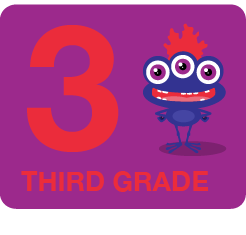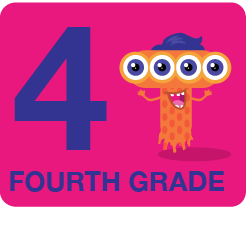Use these posters to teach students the rules for turning singular nouns into plural forms with various examples.
There are different rules you can follow when changing nouns to plurals. For most nouns, you add an 's' at the end. For example, "cat" becomes "cats," and "dog" becomes "dogs." You add 'es' if the noun ends in ch, sh, s, x, or z. So "box" turns into "boxes," and "brush" turns into "brushes." For nouns that end in a consonant followed by a 'y,' you change the 'y' to 'ies.' For example, "baby" becomes "babies," and "penny" becomes "pennies." Some nouns have special rules; for instance, "man" changes to "men," and "child" changes to "children." Remembering these rules will help you write in the plural form correctly.
Singular to Plural Rules Posters: Teach Students the Right Way Workbook
GRADES:




